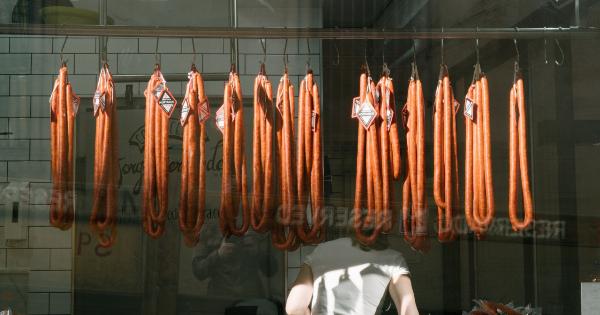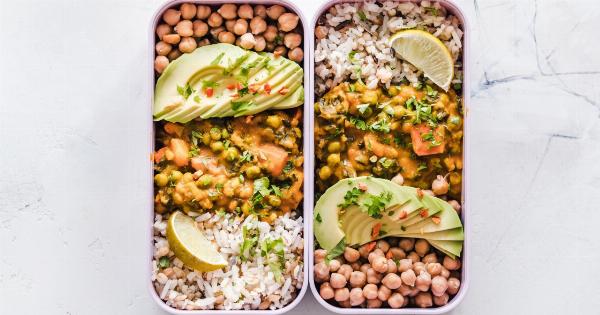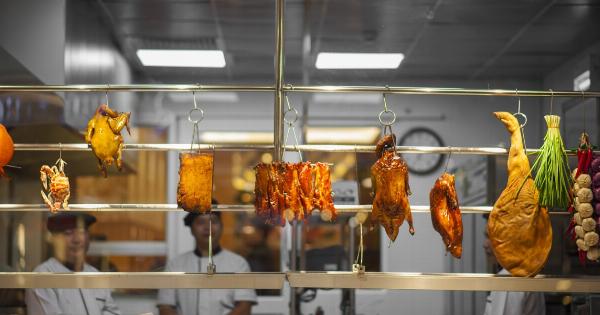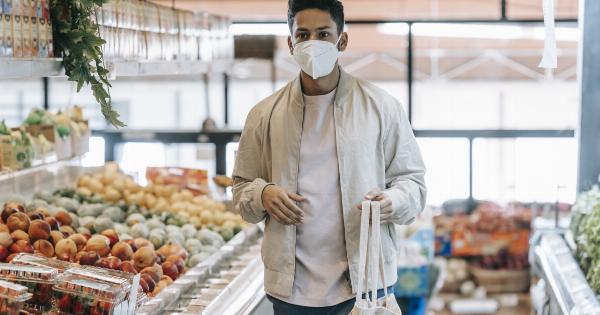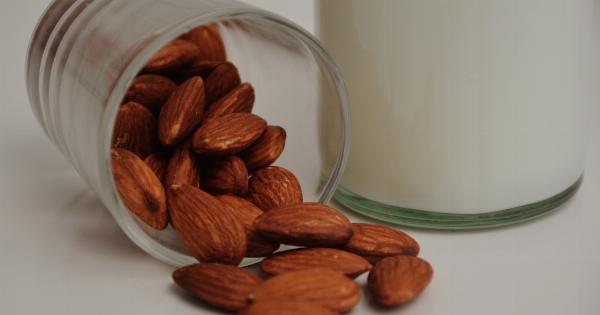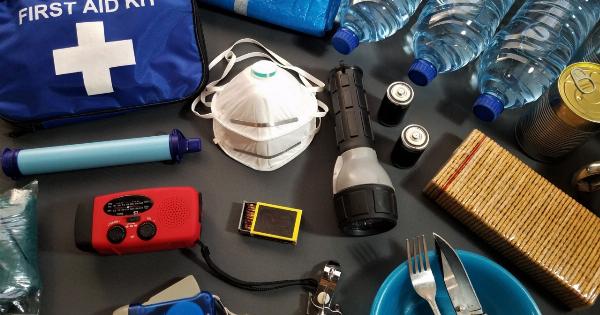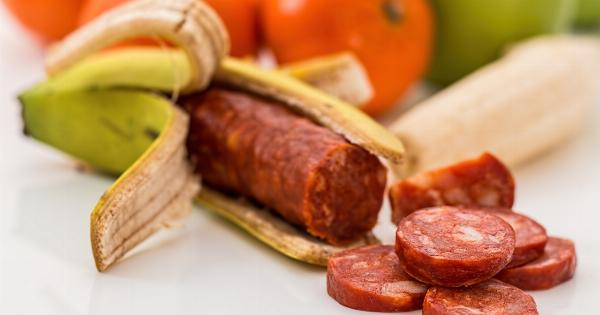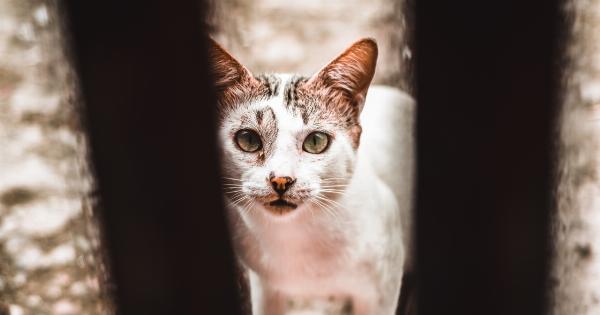Salmonella is a type of bacteria that can cause food poisoning, and it is a significant concern for anyone involved in food preparation.
This article aims to highlight the ways in which Salmonella can survive and thrive in your cooking environment, providing crucial information to prevent its spread and ensure food safety.
Understanding Salmonella
Salmonella is a genus of bacteria that encompasses several different species, with Salmonella enterica being the most common culprit for foodborne illnesses in humans.
This bacterium typically causes symptoms such as diarrhea, abdominal cramps, fever, and vomiting, which can be severe and even life-threatening in some cases.
Salmonella lives in the intestinal tracts of animals and humans. It is primarily transmitted through the consumption of contaminated food, especially raw or undercooked poultry, eggs, meat, and dairy products.
However, the bacteria can also be present in fruits, vegetables, and other types of food if they come into contact with contaminated surfaces or water.
Survival Factors for Salmonella
Salmonella has the ability to survive and thrive in various conditions, which increases the risk of contamination in a cooking environment. Some crucial factors that contribute to its survival include:.
1. Temperature
Salmonella can survive in both extreme cold and hot temperatures. While the bacteria can multiply rapidly in warmer conditions, it does not die off completely in colder ones.
This temperature flexibility allows Salmonella to persist in different environments, including refrigeration units and other cooking equipment.
2. Moisture
Moist environments provide an ideal breeding ground for Salmonella. Bacteria can multiply faster and survive longer in damp conditions, which makes thorough cleaning and drying of cooking surfaces essential.
Failure to do so can result in cross-contamination and the spread of Salmonella throughout your cooking environment.
3. pH Levels
Salmonella can adapt to a wide range of pH levels, allowing it to survive in acidic environments, such as certain fruits and vegetables, as well as in alkaline conditions.
This adaptability enables the bacteria to thrive in different food items and increases the risk of contamination.
4. Cross-Contamination
One of the most common ways Salmonella spreads in a cooking environment is through cross-contamination. This occurs when bacteria from raw or undercooked food, such as poultry, comes into contact with other surfaces or food items.
For example, cutting boards, utensils, countertops, and even hands can become contaminated if proper hygiene practices are not followed.
Precautions to Prevent Salmonella Contamination
Fortunately, there are several precautions you can take to minimize the risk of Salmonella contamination in your cooking environment:.
1. Proper Food Handling and Storage
Always practice good food hygiene by washing your hands thoroughly before and after handling food. Use separate cutting boards and utensils for raw meat and other food items to avoid cross-contamination.
Properly store perishable foods in the refrigerator or freezer to prevent the growth of bacteria.
2. Cooking Food to Safe Internal Temperatures
Cooking food to safe internal temperatures is an effective way to kill harmful bacteria like Salmonella. Use a food thermometer to ensure that poultry reaches an internal temperature of 165°F (74°C) and that ground meats are cooked to 160°F (71°C).
3. Cleaning and Sanitizing
Regularly clean and sanitize all cooking surfaces, utensils, and equipment to eliminate any bacteria present. Use hot, soapy water and an approved sanitizer solution to thoroughly clean and disinfect these areas after each use.
4. Avoiding Unpasteurized Foods
Unpasteurized food products, including raw milk and certain cheeses, have a higher risk of Salmonella contamination. To minimize the risk, always opt for pasteurized versions of these products.
5. Proper Personal Hygiene
Ensure that all individuals involved in food preparation follow proper personal hygiene practices. This includes washing hands regularly, wearing clean aprons, and keeping hair tied back or covered to prevent hair from falling into food.
6. Eliminating Pest Infestations
Pests such as rodents and insects can carry Salmonella and contaminate your cooking environment. Implement effective pest control measures to eliminate any existing infestation and prevent future ones.
Conclusion
Salmonella is a resilient bacteria that can survive and thrive in various conditions commonly found in cooking environments.
By understanding the factors that contribute to its survival and implementing proper precautions, we can minimize the risk of contamination and ensure food prepared in our cooking spaces is safe for consumption. By following proper food handling practices, maintaining cleanliness, and adhering to recommended cooking temperatures, we can significantly reduce the likelihood of Salmonella-related illnesses.


